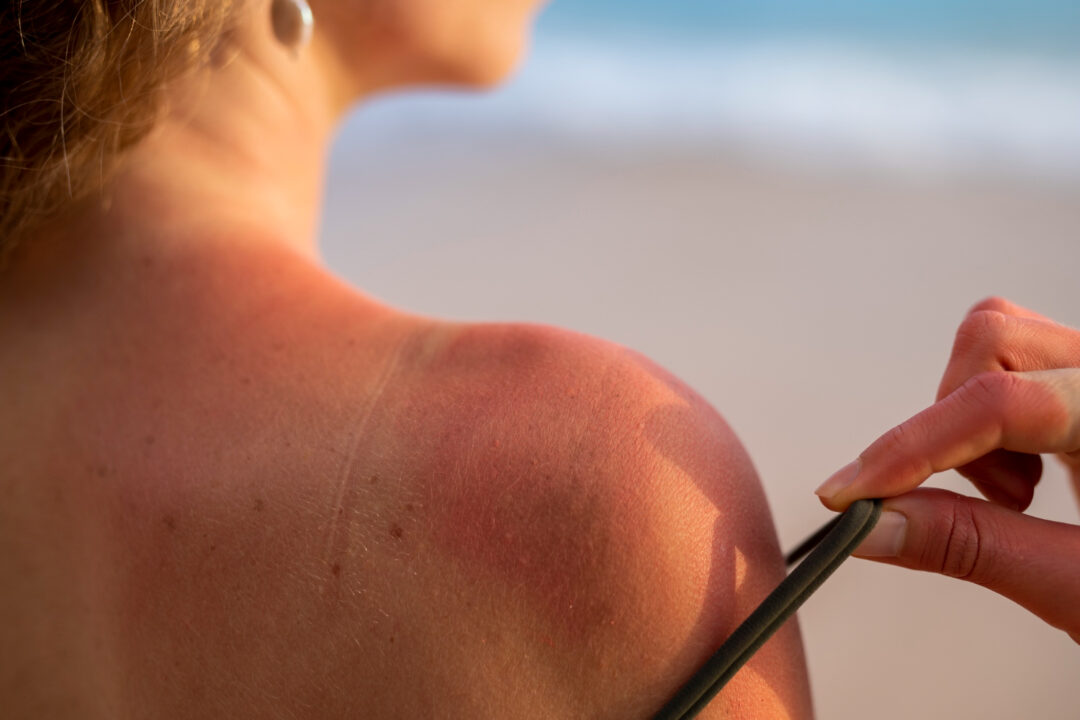Burn wounds are a common yet dangerous type of injury that can lead to severe pain, scarring, and in severe cases, life-threatening complications. In Singapore, the tropical climate, high population density, and traditions involving fire like Deepavali and Lunar New Year contribute to a significant number of burn incidents each year. In this article, we will discuss the types, causes, treatments, and preventive measures for burn wounds.
Types of Burn Wounds
Burns are categorized into three primary types, depending on the severity:
- First-degree burns only involve the skin’s outer layer, resulting in redness and minor inflammation. An example of a first-degree burn is a sunburn.
- Second-degree burns extend to the dermis or second layer of skin. These burns result in swelling and painful blisters.
- Third-degree burns are the most severe and can reach the fat layer beneath the skin. These burns may appear white or charred and cause permanent damage to tissues, nerves, and bones.
Causes of Burn Wounds
In Singapore, the common causes of burn wounds include heat burns (fires or hot liquids), electrical burns, chemical burns, and sunburns. The country’s tropical climate makes sunburn a particularly common issue.

First Aid for Burn Wounds
Quick and appropriate first aid can dramatically impact a burn wound’s healing process. For minor burns:
- Run cool (not cold) water over the area for about 10-15 minutes.
- Apply a sterile non-adhesive bandage or clean cloth.
- Over-the-counter pain relief or wound gel can be used for minor discomfort.
- If the burn is severe, covers a large area, or is located on a sensitive part of the body, it’s crucial to seek immediate medical attention.
Seeking Medical Treatment
Singapore’s health system is well-equipped to handle burn injuries, with several specialized burn units and centers. If a burn wound is larger than the size of the person’s palm, involves the face, hands, feet, or genitals, or if the victim is a child or elderly person, immediate medical attention should be sought.
Medical Procedures and Treatments
Treatments can vary depending on the severity and location of the burn. Typically, a healthcare professional will clean the wound to prevent infection and prescribe pain medication. For more severe burns, advanced treatments such as debridement (removal of dead tissue), skin grafting, or even reconstructive surgery may be necessary.
Long-Term Impact and Recovery
Burn wounds can have lasting physical and psychological impacts. Scarring and functional limitations are common, and survivors may also experience psychological distress, including trauma or PTSD. Therefore, follow-up care, which may include physical therapy and mental health services, is crucial.

Prevention of Burn Wounds
Preventing burn injuries is always preferable to treating them. Awareness of fire safety is paramount, especially during traditional festivals. Regularly inspect your home’s electrical and gas systems, and ensure that chemicals are stored correctly. Sun safety should also be observed, with regular application of a high-SPF sunscreen.
Community Resources in Singapore
There are several resources in Singapore for burn survivors and their families. These include the Singapore General Hospital Burns Support Group, the HealthXchange burns support group, and various non-profit organizations. These groups offer emotional and psychological support, financial assistance, and educational resources.
Conclusion
Understanding, treating, and preventing burn wounds is of paramount importance in Singapore. It is not only a medical issue but also a social one, as it involves aspects of public safety, health education, and community support. By fostering awareness and providing the necessary resources, we can better manage and hopefully lower the incidence of burn injuries in our society.




